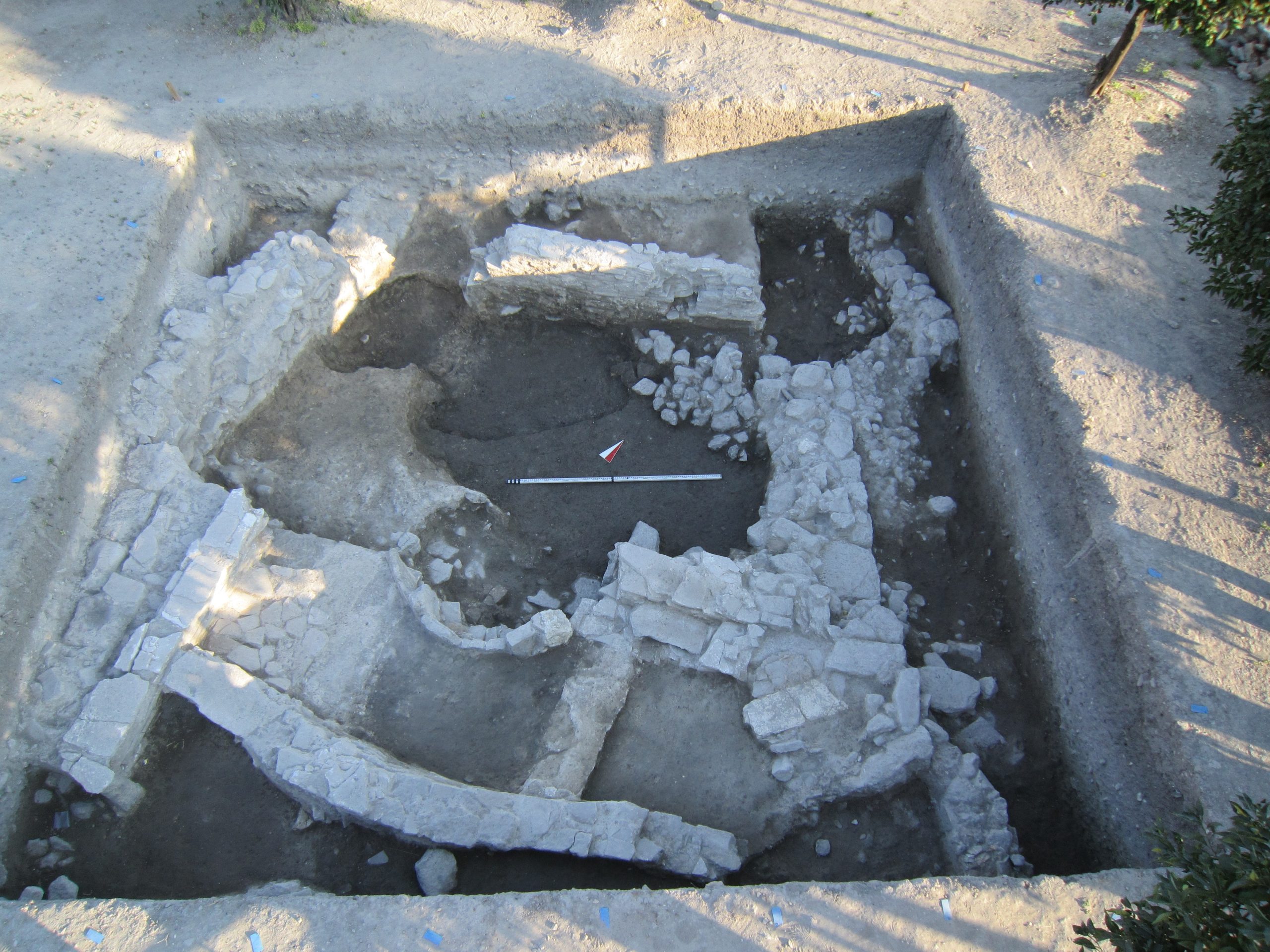Events Calendar – British School at Athens

- This event has passed.

Vasif Sahoglu (Ankara University), “New Evidence for Thera Eruption Tsunamis at Çeşme – Bağlararası in western Anatolia”
Abstract
Disasters, whether natural or anthropogenic, can be drivers of landscape and cultural change. The Late Bronze Age Thera eruption was one of the largest natural disasters witnessed in human history. Its impact, consequences, and timing, has dominated the discourse of ancient Mediterranean studies for nearly a century. Despite the eruption’s high intensity and tsunami-generating capabilities, associated tsunami deposits are reported from relatively few locations. Even more surprising is the lack of human remains linked to this event. In contrast, descriptions of pumice, ash and tephra deposits are more widely published. A well-preserved volcanic ash layer and chaotic destruction horizon were identified in stratified deposits at Çeşme-Bağlararası, a coastal settlement in western Türkiye. In order to interpret these deposits, archaeological and sedimentological analysis were performed. According to the results, the archaeological site was hit by a series of strong tsunamis that caused damage and erosion, leaving behind a thick layer of debris, distinguishable by its physical, biological, and chemical signature. An articulated human skeleton discovered within the tsunami debris is an in situ victim related to the Late Bronze Age Thera eruption event. This talk will present the archaeological evidence at Çeşme – Bağlararası, discuss the unique preservation seen at the site and what it adds to the understanding of coastal deposit preservation more broadly.
To attend in person please register here: https://www.eventbrite.com/e/vasif-sahoglu-new-evidence-for-thera-eruption-tsunamis-at-cesme-tickets-472506839677
Register for ONLINE attendance here: https://us06web.zoom.us/webinar/register/WN_Zk7yLcZWSaaqM3ZAAWCE-g
Monday 28 November 5pm (UK) / 7pm (Greece)
When: 28 November, 2022 @ 7:00 pm - 8:00 pm EET
Where: – –